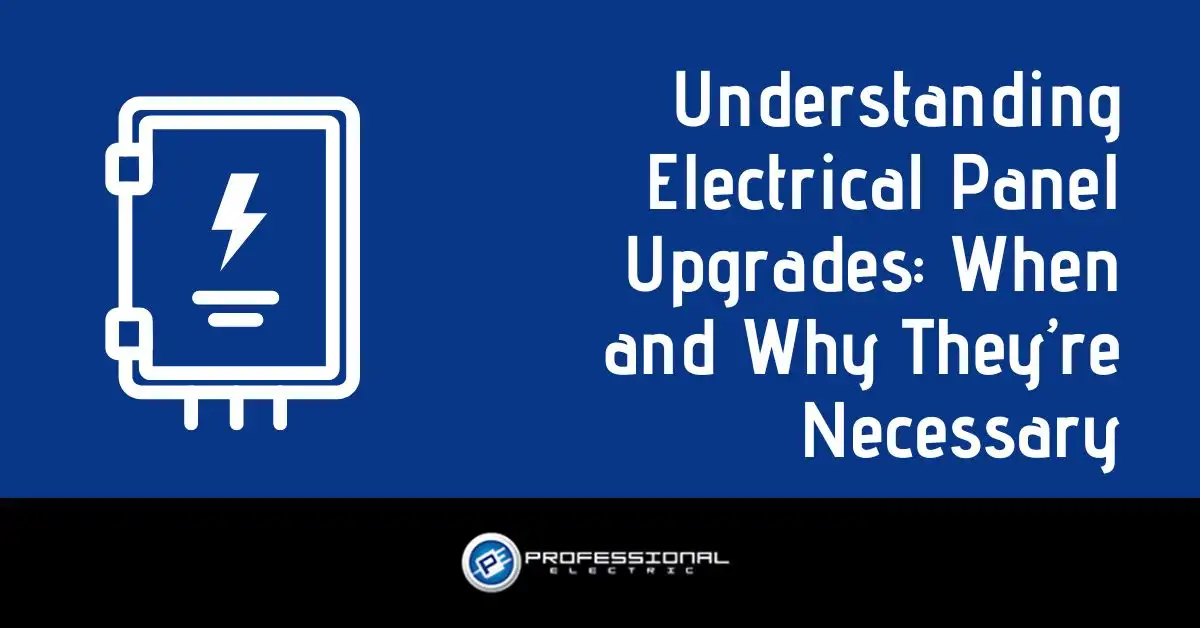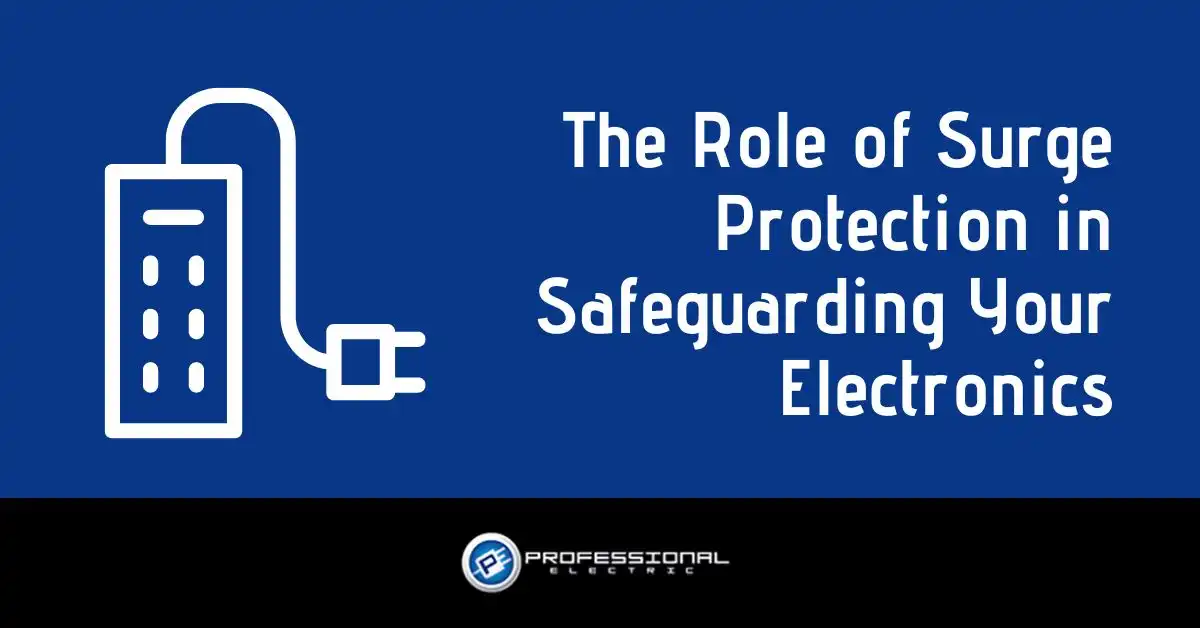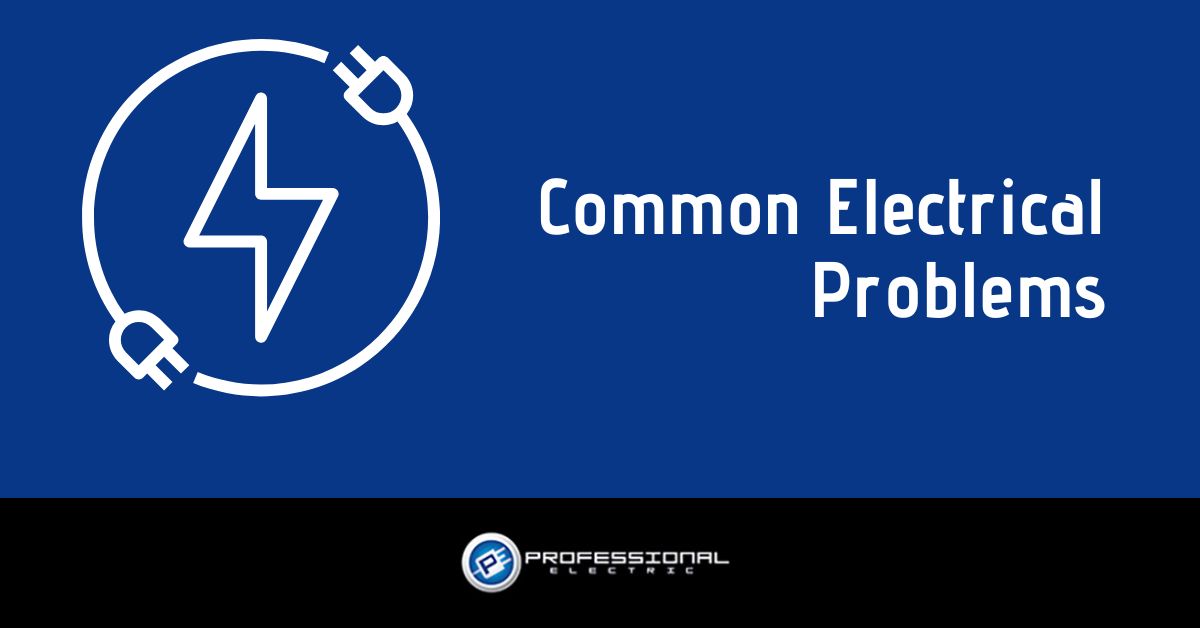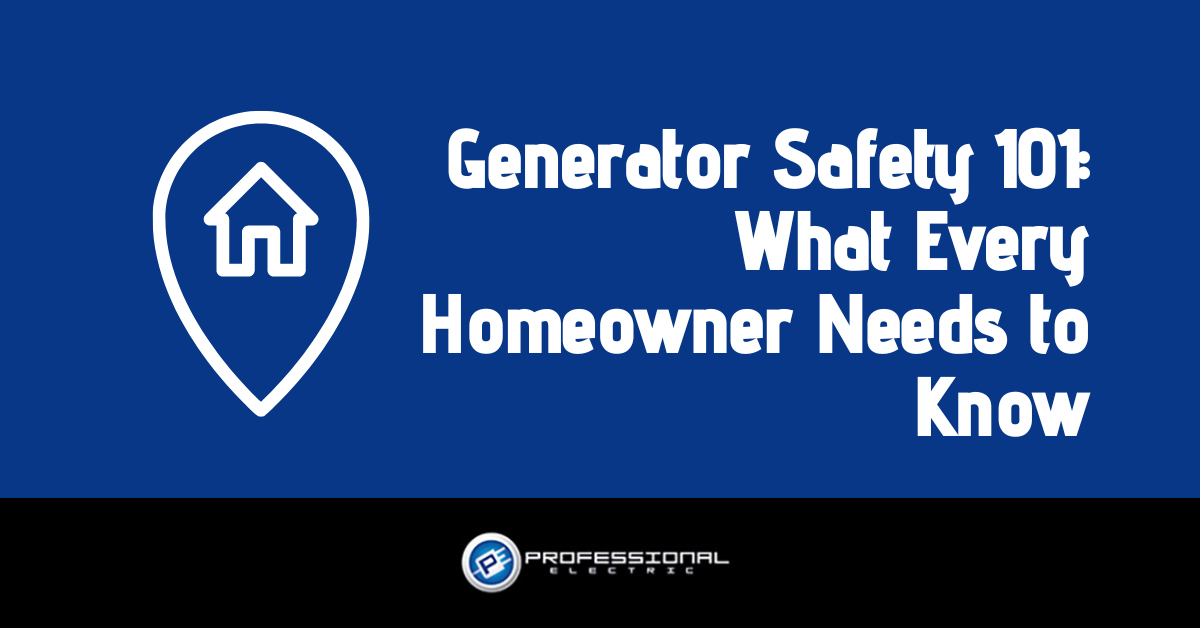Understanding the difference between AC and DC power is important for professionals and laymen alike. We want to keep you safe at home and work as well as shed a little light on power sources we all encounter every day. When you understand how these currents provide power to everything around us, it’s both fascinating and helpful in your own projects. However, we understand how confusing this can be. At Professional Electric, one of our goals is to help these types of complex topics to be more clear to everyone. Today, we will break down the difference between AC and DC power.
Thomas Edison invented DC power which prevailed in the 1800s. At that time, large factories and assemblies ran off this type of power which became expensive and inefficient. Enter the advent of AC power which allowed for greater efficiency and productivity. AC power technology was brought into the U.S. in the late 1800s by Westinghouse and drastically changed the way power was distributed in our society.
What is DC Power?
DC stands for Direct Current. Just as the name implies, DC power directs the electrical current in one direction only. This is referred to as unidirectional, “one direction”. If you enjoy working on projects as a hobby or for work, you may know much about DC power because many DIY projects run off DC power. With that, they can also be converted to AC power if needed. More on what exactly AC power is below! What items run off DC power? Below is a list of three commonly used items that run off DC power:
- Cell Phones
- Hybrid Vehicles
- Flashlights
What is AC Power?
AC stands for Alternating Current. Westinghouse invested in AC technology and brought it to the forefront in 1891. By contrast to DC power which sends the electrical current in one direction only, AC power alternates the electrical current intermittently. Along with the direction of the current, the power of the voltage also changes. AC power technology is what most people find in supplying power to their homes and standard office buildings. Here are three other common places you will find AC power:
- Household lamps
- The power outlets in your office or home
- Household appliances like toasters
Over time, it has become possible to convert most DC power supplies to AC power supply for ease of use. However, certain adapters are needed and not using the correct one is dangerous.
We hope we have made understanding the difference between AC and DC power supplies both interesting and educational. Remember, do not try to convert one to the other without the proper conducting system. It’s very dangerous with a risk of electrical fire and shorting out your item.
If you are in need of any residential or commercial electrical services or LED lighting in Baldwin County or Mobile, Alabama or if you have questions regarding either DC or AC Power look no further than Professional Electric! Visit us online at www.ProfessionalElectric.biz and connect with us on Facebook and Twitter! We are available 24/7 for emergency services! Call (251) 473-5788 and remember, when it comes to your electrical needs, Keep It Professional!





